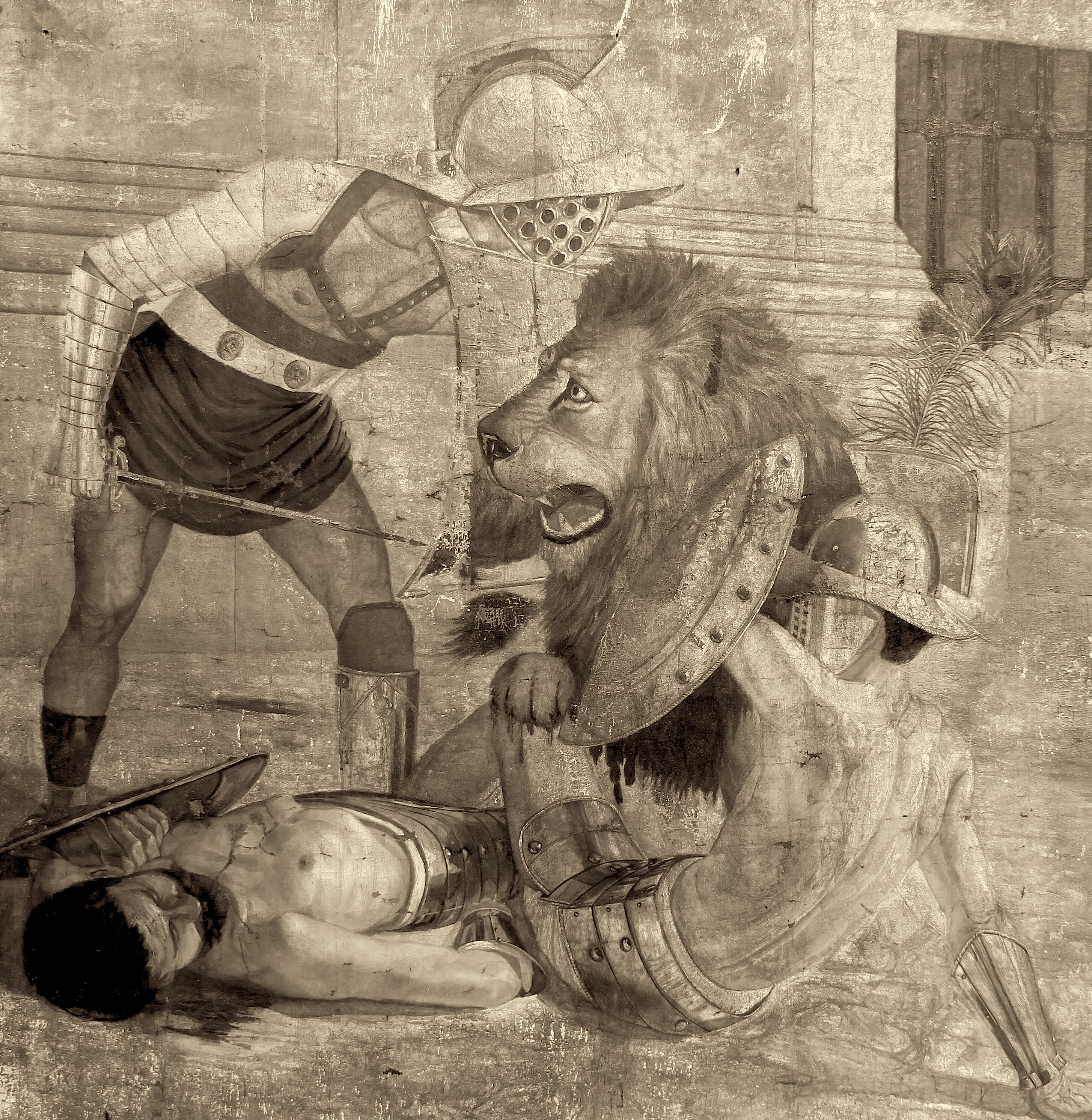People who live in America may know the Columbus story, and of how he supposedly “discovered” America through his voyages from Europe between 1492 and 1504. Several historical accounts and findings have since casted doubt on these claims—one of which being the travel stories of Leif Erikson, who is said to have set foot in North America some 500 years before Columbus ever claimed to have done the same.
Now, another historical account is set to disrupt whatever remaining reputation Columbus has as an explorer in modern context. In a paper published to the journal Terrae Incognitae, a Latin text titled “Cronica universalis” revealed that Europeans, at least as far as the text is concerned, already knew of lands past Greenland some 150 years before Columbus and his voyages.
Cronica universalis was written by a Milanese friar named Galvaneus Flamma, or Galvano Fiamma in Italian. There, Flamma refers to a land he wrote as “Marckalada,” which were lands west of Greenland in his text. The text is said to be derived from oral sources from the then-maritime capital of Genoa, and is now the first-recorded reference to the Americas from the Mediterranean region.
Said Paolo Chiesa, professor and researcher from the Department of Literary Studies, Philology and Linguistics, University of Milan: “We are in the presence of the first reference to the American continent, albeit in an embryonic form, in the Mediterranean area.” Chiesa also added: “[Flamma] wrote several literary works in Latin, mainly on historical subjects. His testimony is valuable for information on Milanese contemporary facts, about which he has first-hand knowledge.”
Flamma’s Cronica universalis was said to have been an incomplete work, and was discovered back in 2013. Flamma may have written the work between 1339 and 1345—almost 150 years before Columbus’ first voyage in 1492. Flamma aimed to give a historical account of the world up until that time, which included his account of the creation of the world.
Of particular note is that some sources from Iceland already mention a land called “Markland” located west of Greenland, too—suspiciously similar to Flamma’s Marckalada. From this, experts believe that stories of faraway lands had already reached the Mediterranean from Nordic stories well before Columbus brought back news of his exploits. What remains odd to experts is the fact that there seems to be a lack of any mentions of these “new” lands in earlier maps from Genoa or related territories, like Catalonia.
“The news reported by [Flamma] about Marckalada, just like those about the less evanescent Greenland, remain isolated, and there is no trace of an early reception either in Latin geographical treatises or in the Mediterranean cartography,” Chiesa said. “This fact suggests a scenario of informality: the Genoese were interested in exploiting the seafarers’ rumors about the lands of the extreme north-west for eventual commercial benefit, but these rumors were too vague to find consistency in cartographic or scholarly representations.”
Chiesa mentioned that there remains no known evidence of Italians or Catalans ever reaching Iceland or Greenland at the time, yet it may have been possible for them to receive merchant goods from areas like Marckalada from northern European merchants. “[…] The Genoese might have brought back to their city scattered news about these lands, some real and some fanciful, that they heard in the northern harbors from Scottish, British, Danish, Norwegian sailors with whom they were trading.”\
References
- Chiesa, P. (2021). Marckalada: The first mention of america in the mediterranean area(C. 1340). Terrae Incognitae, 53(2), 88–106. https://doi.org/10.1080/00822884.2021.1943792
- Nield, D. (2021, October 12). Mysterious text suggests europeans knew of america long before columbus set sail. ScienceAlert. https://www.sciencealert.com/ancient-texts-suggest-italian-sailors-knew-about-america-way-before-columbus
- Sci-News. (2021, October 12). Milanese Friar Knew about North America 150 Years before Columbus Voyage, Researchers Say. Sci-News. http://www.sci-news.com/archaeology/cronica-universalis-10158.html











